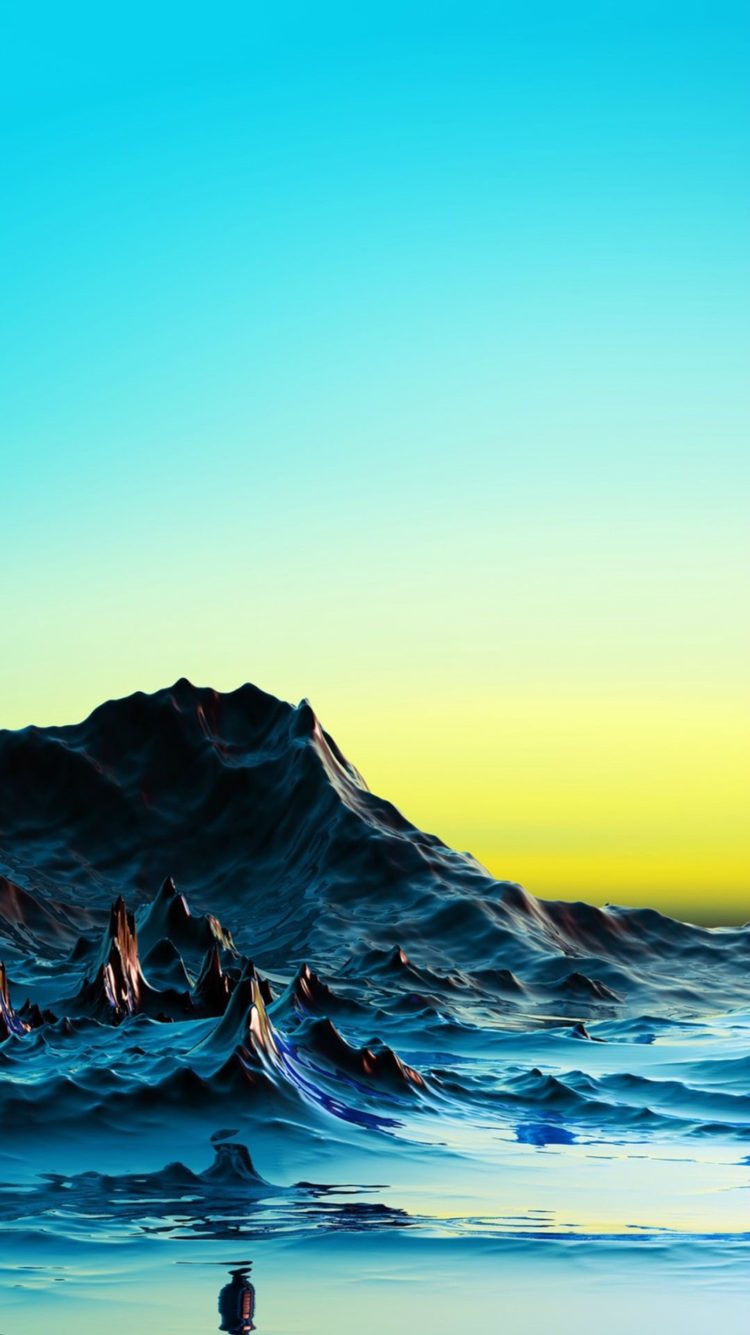Hold it right there: Before you begin adding expensive information as well as textures to your job, you require to know a few of one of the most fundamental watercolor paint strategies. Make use of these to start, after that improve them nevertheless you like.
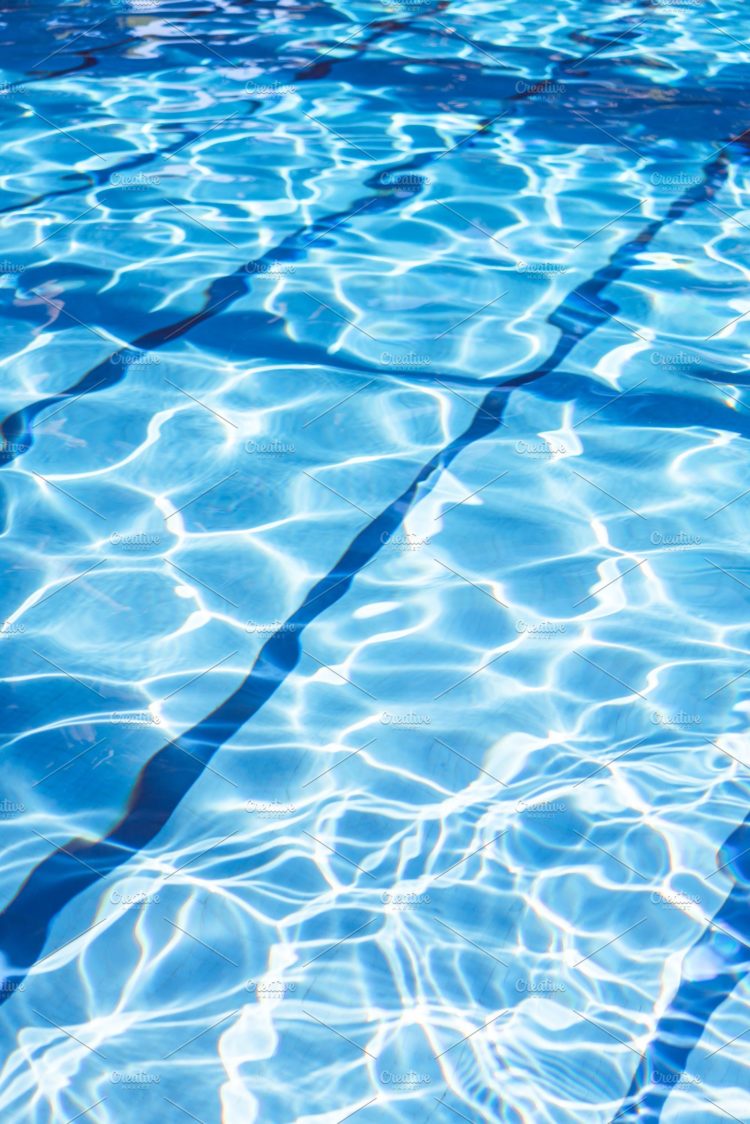

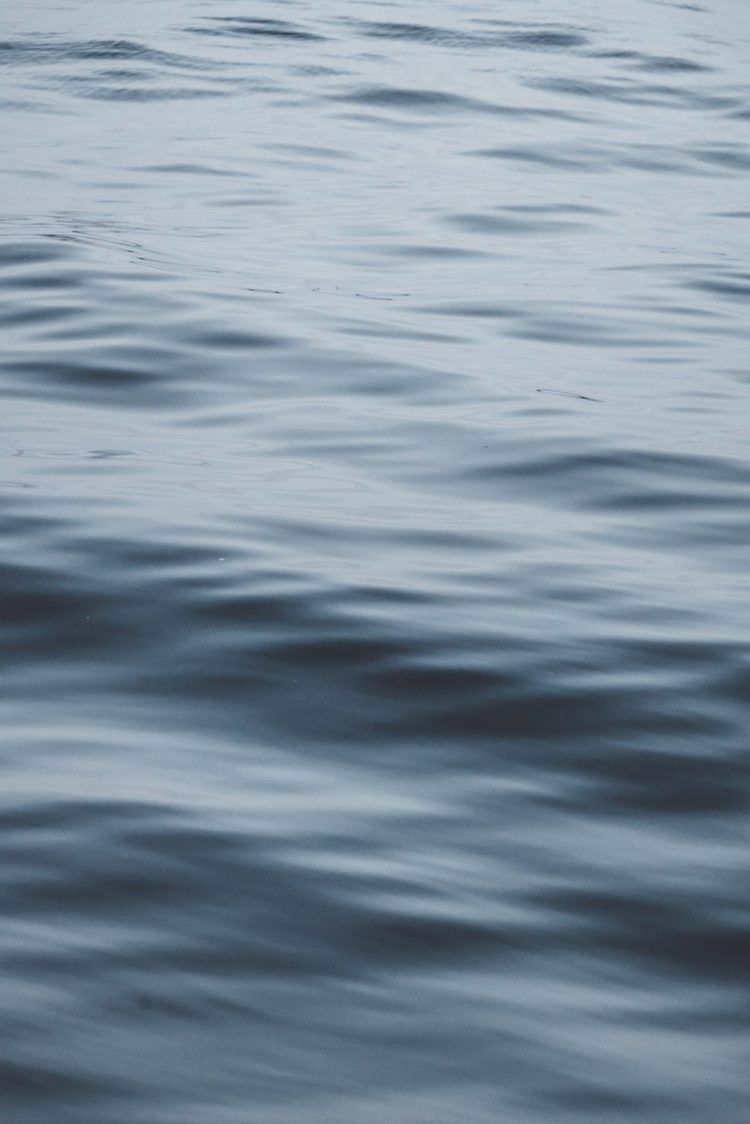
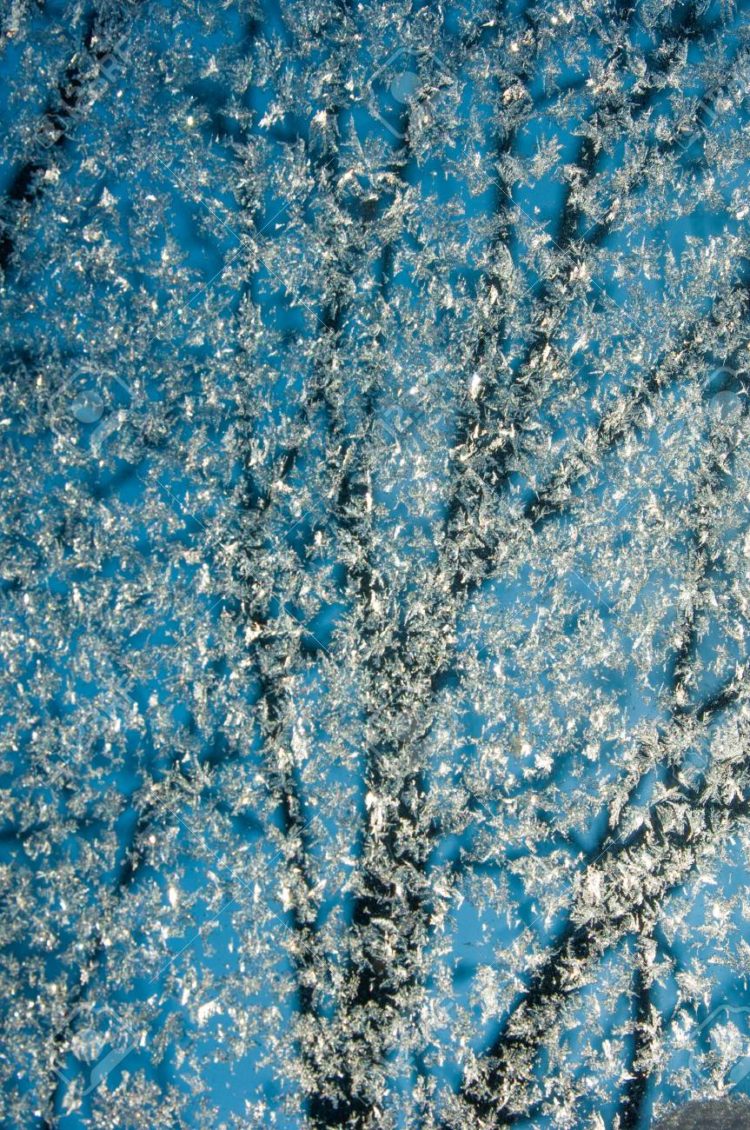
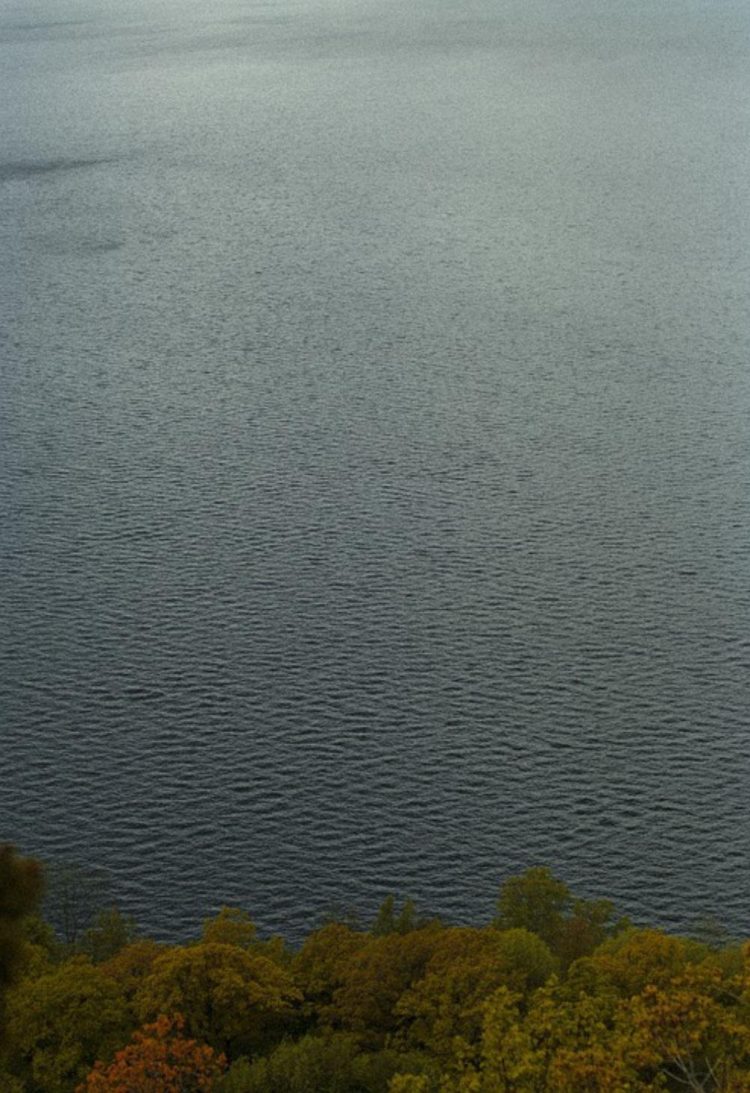
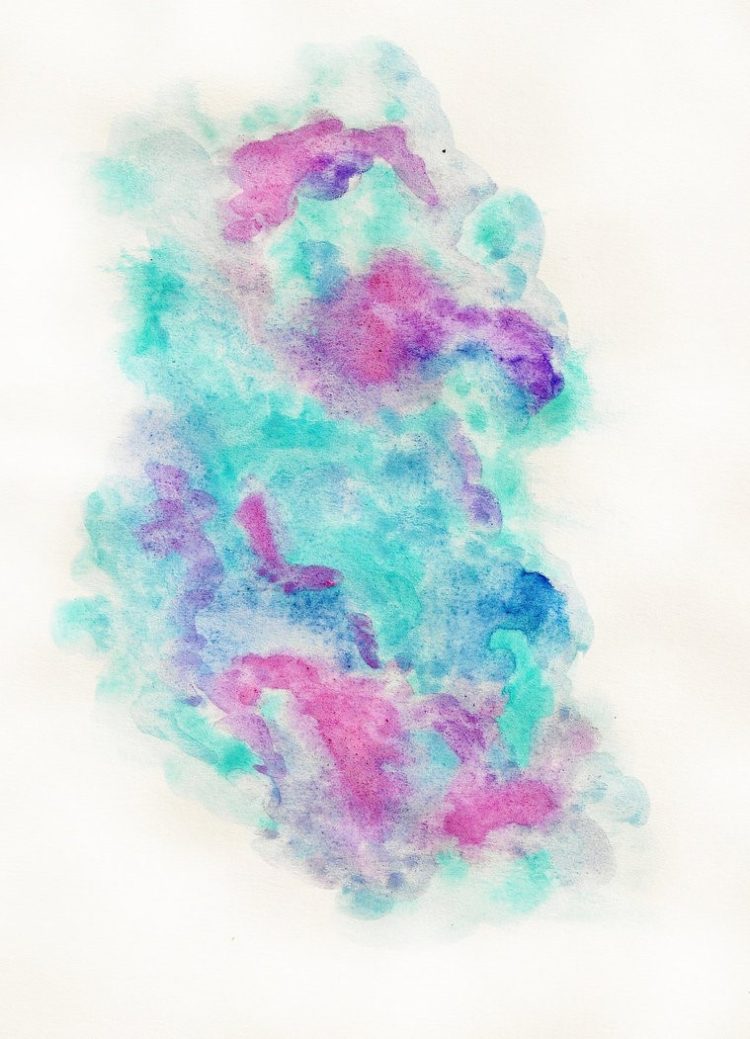
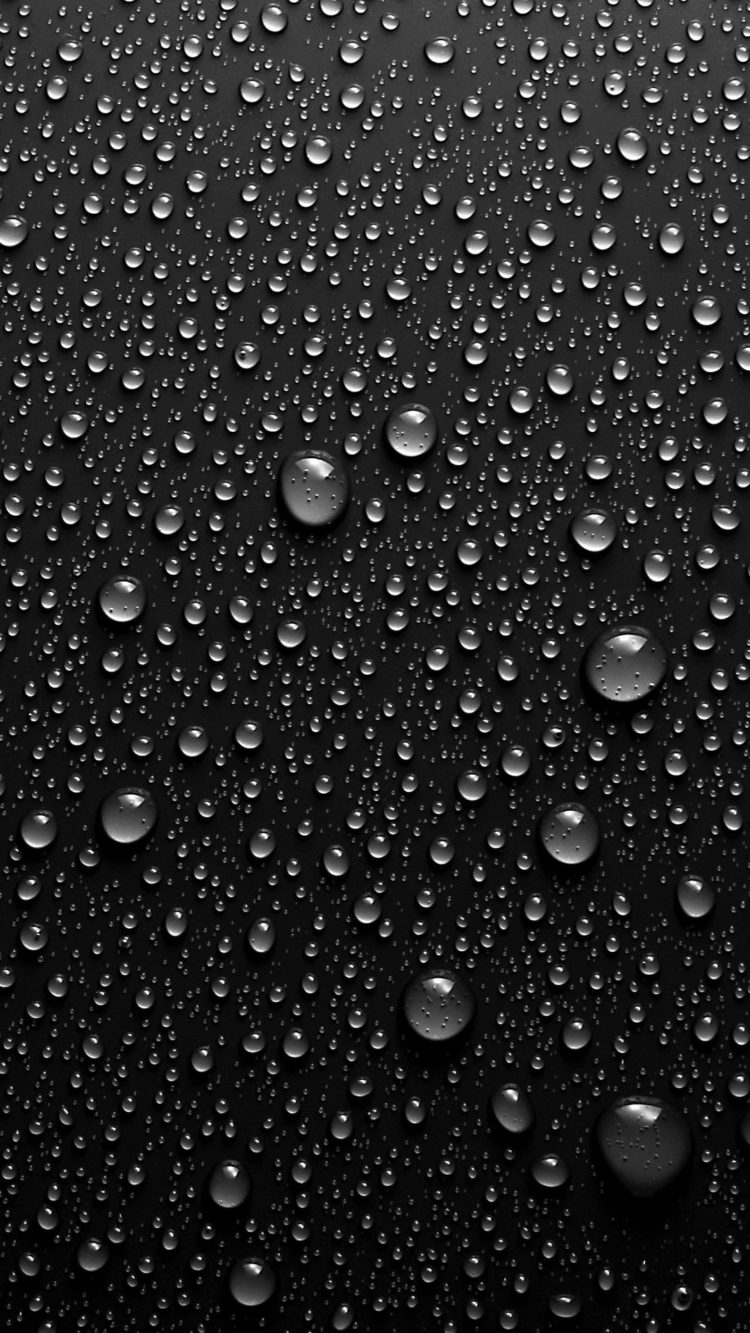
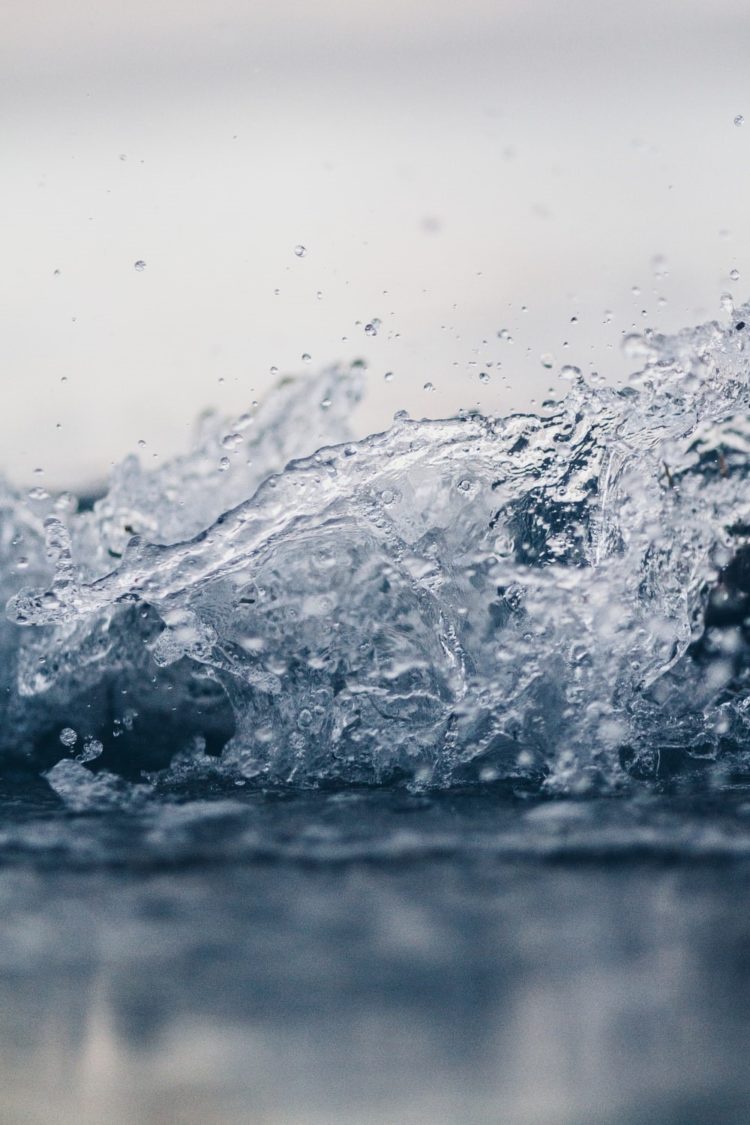
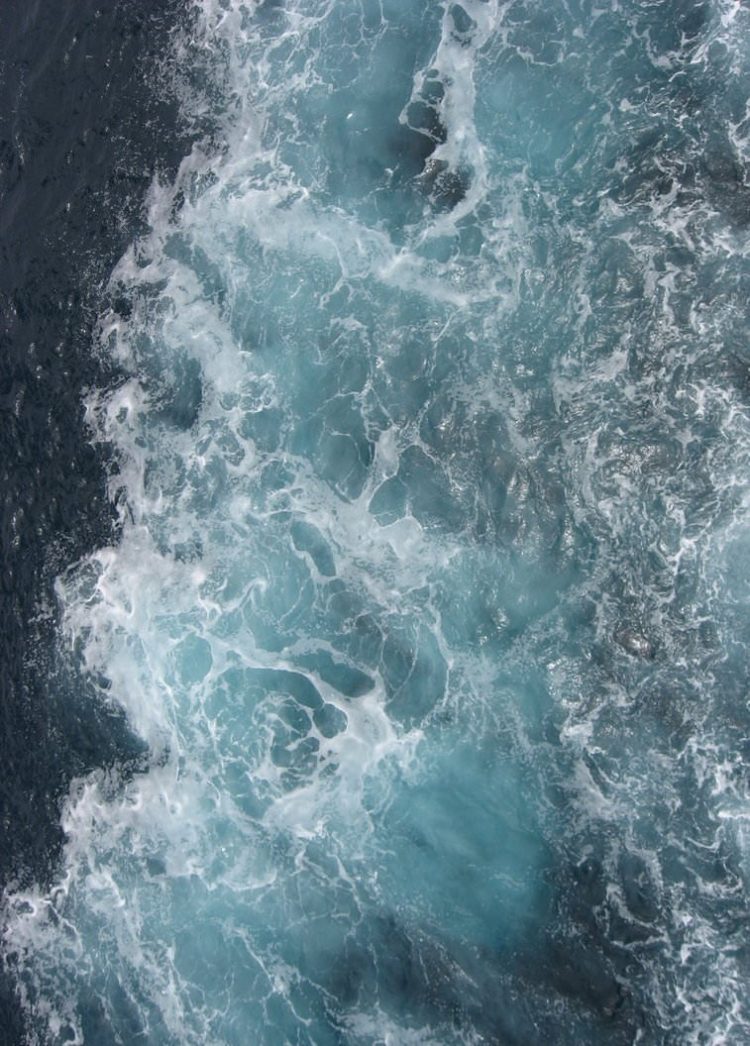
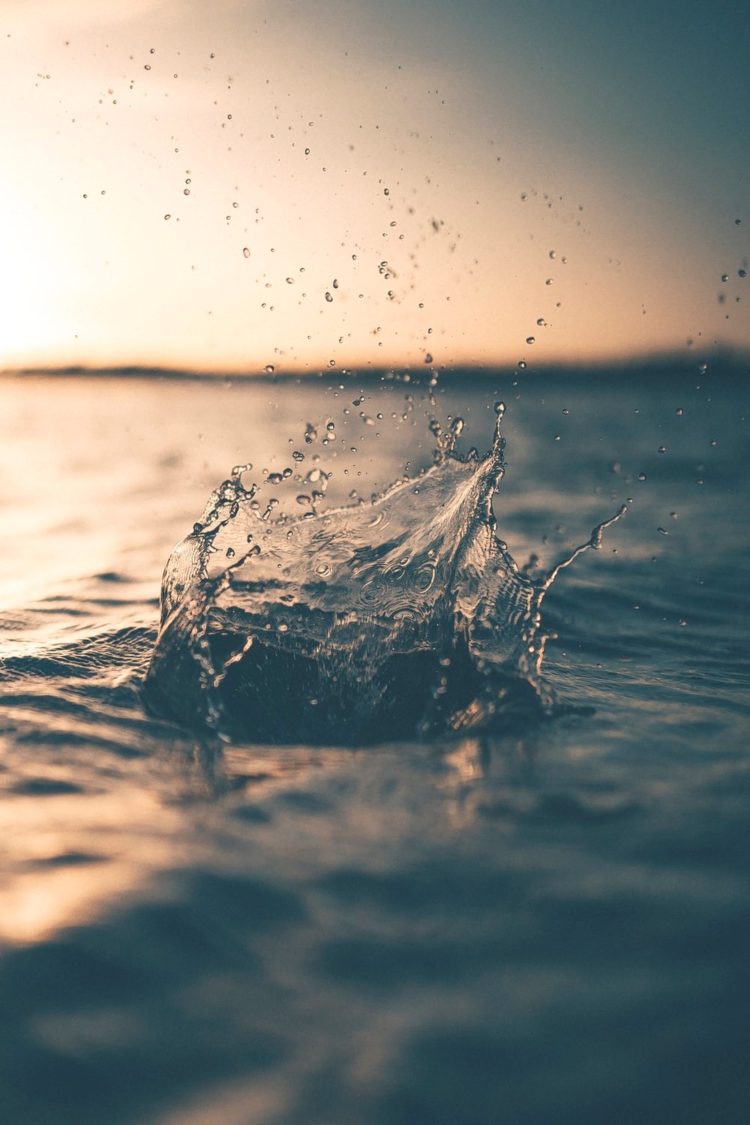
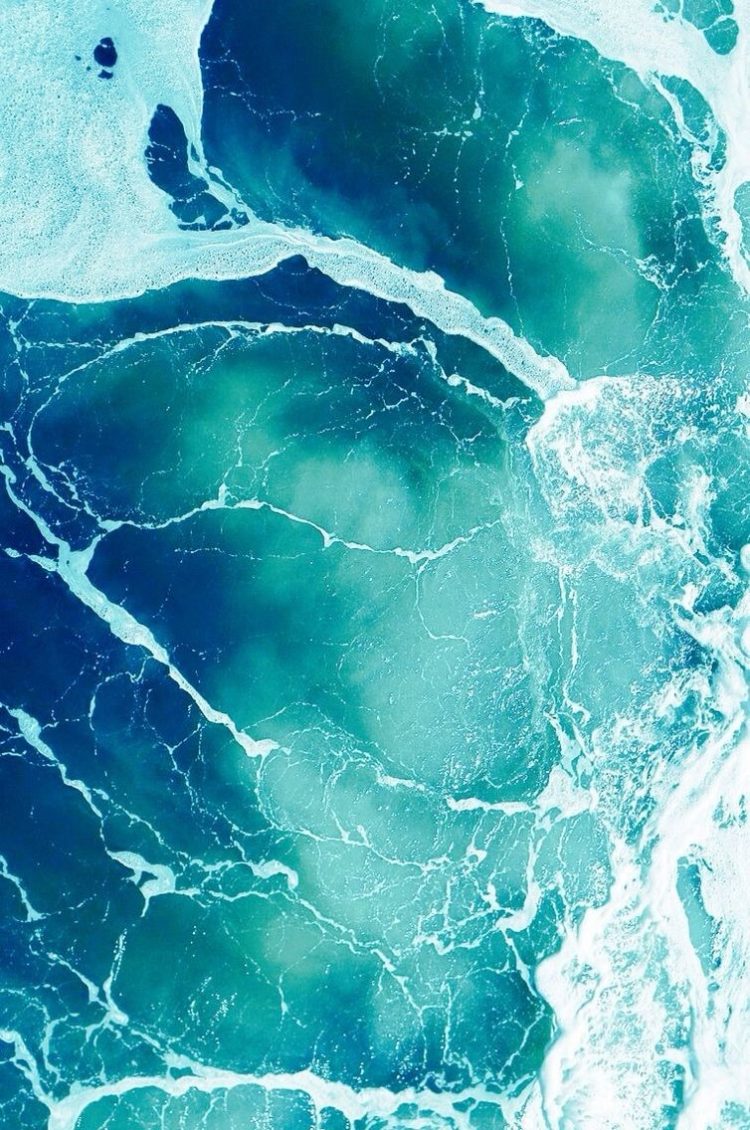
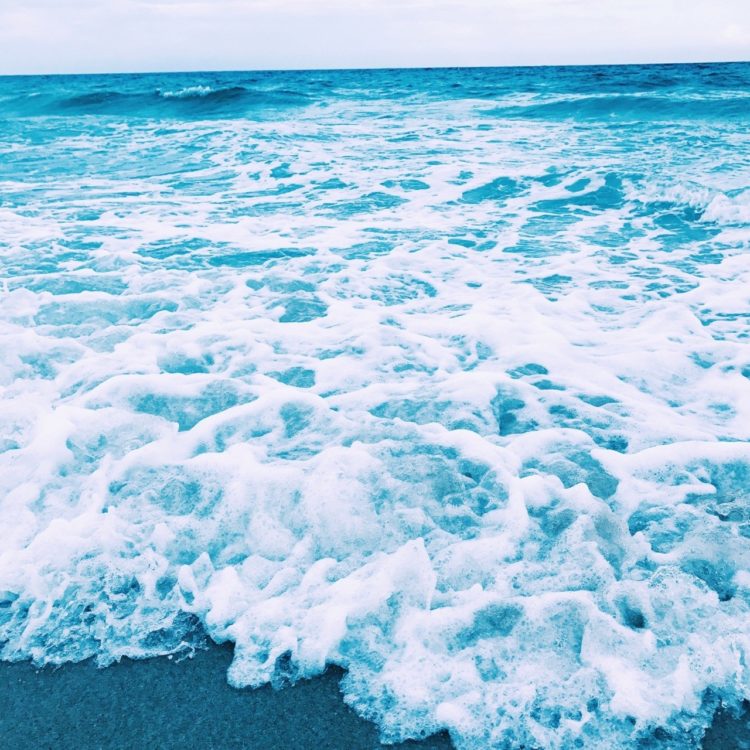
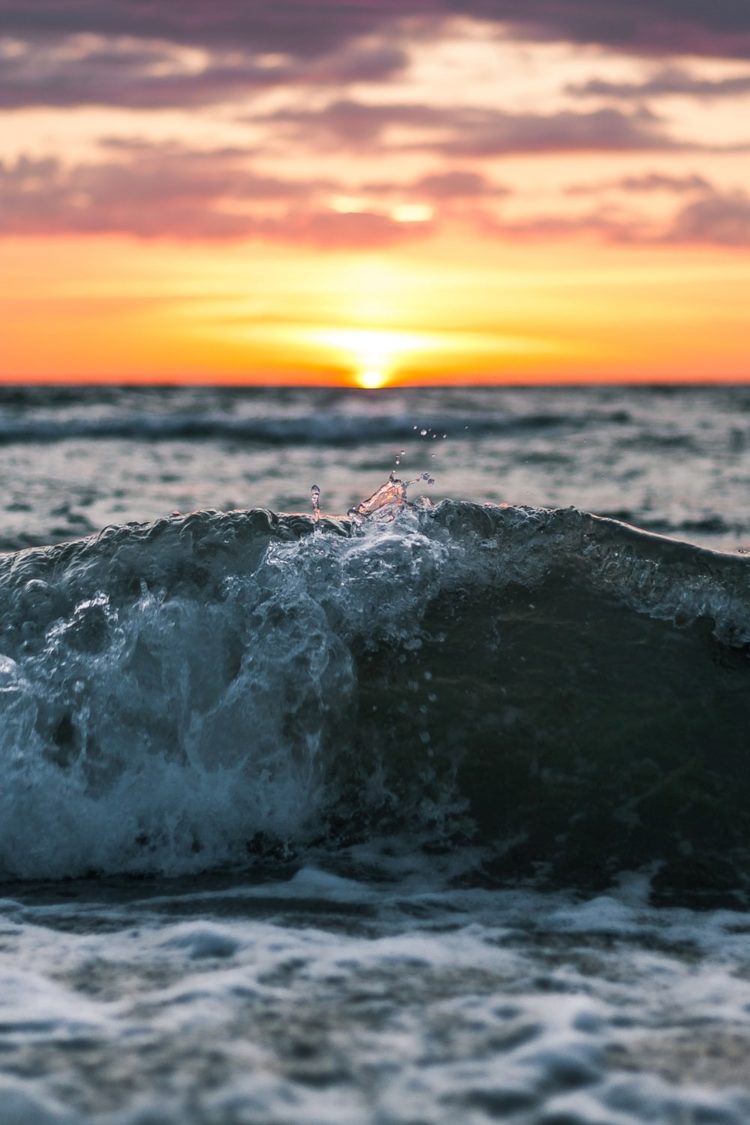
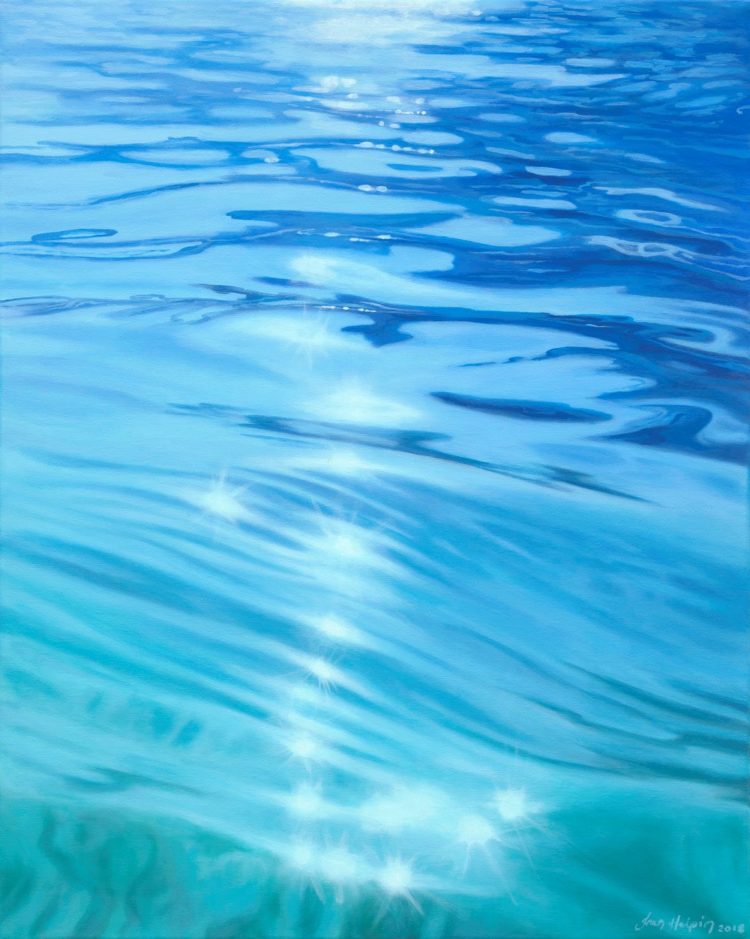

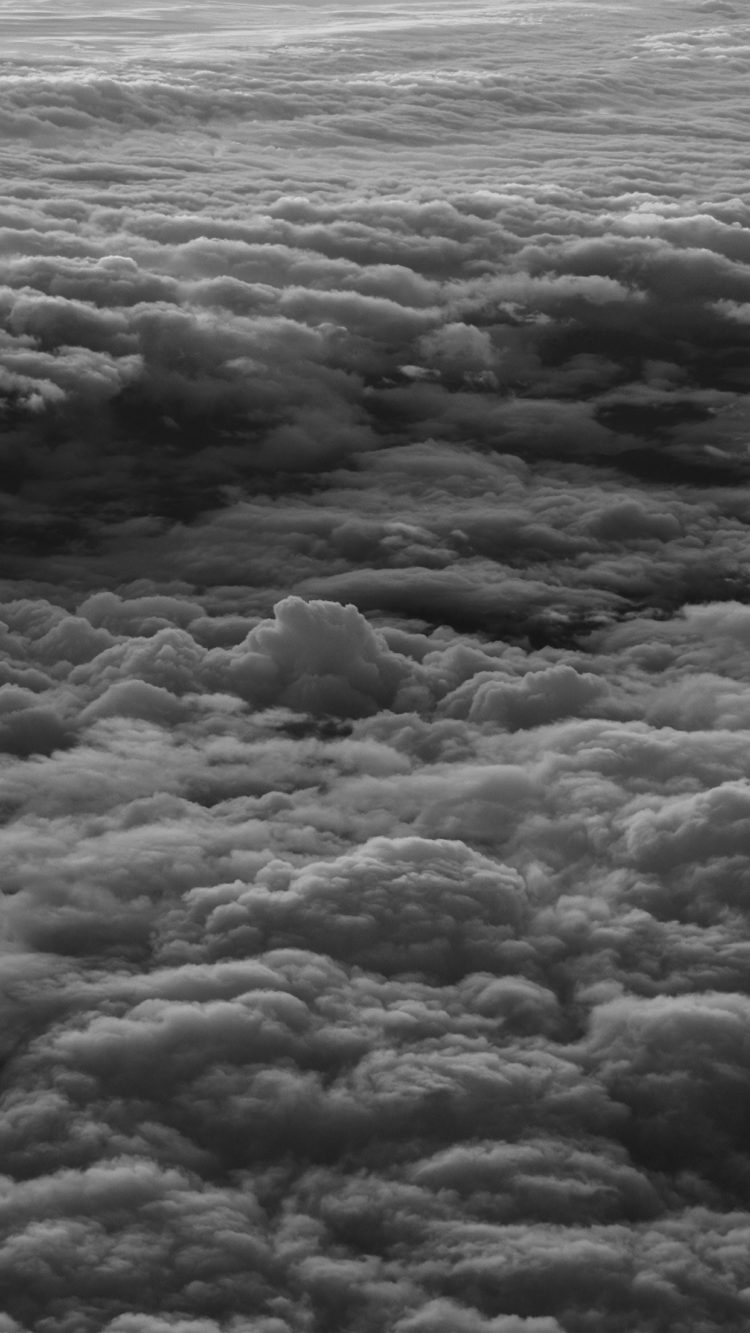
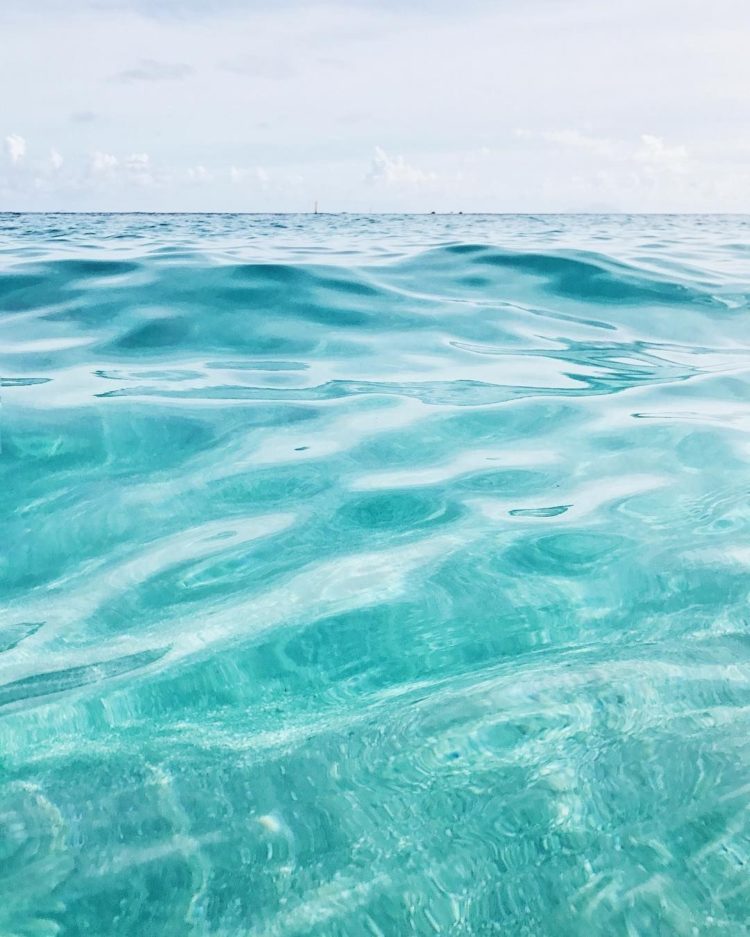
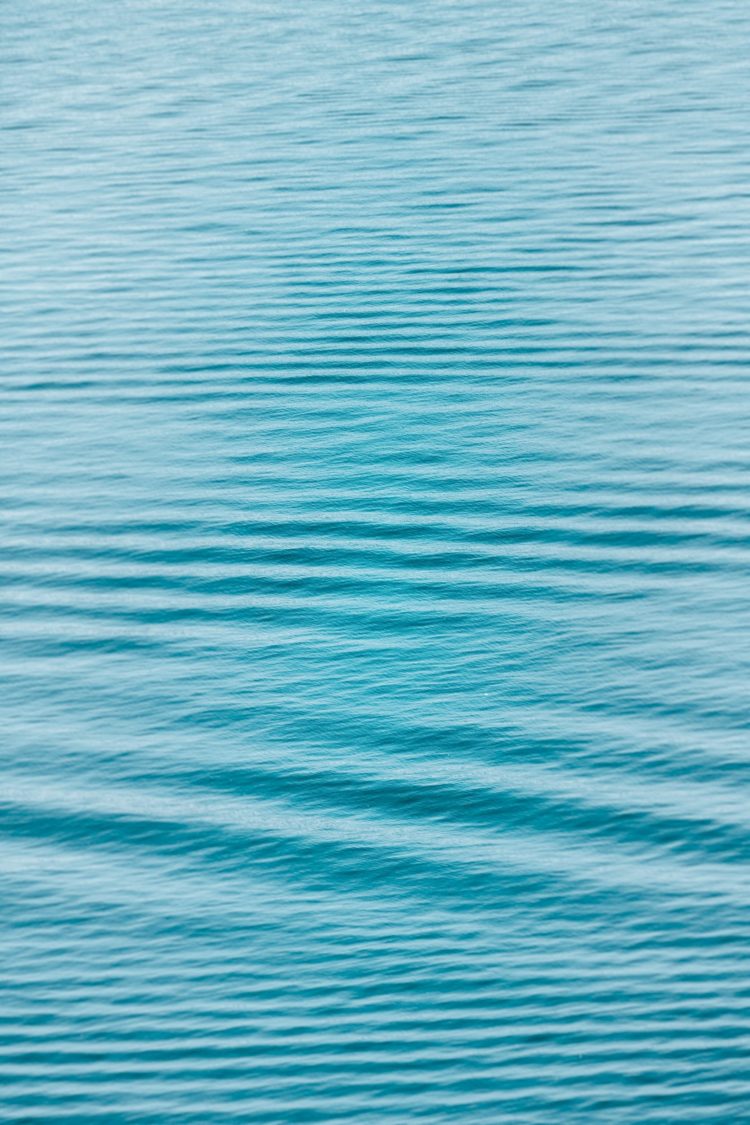
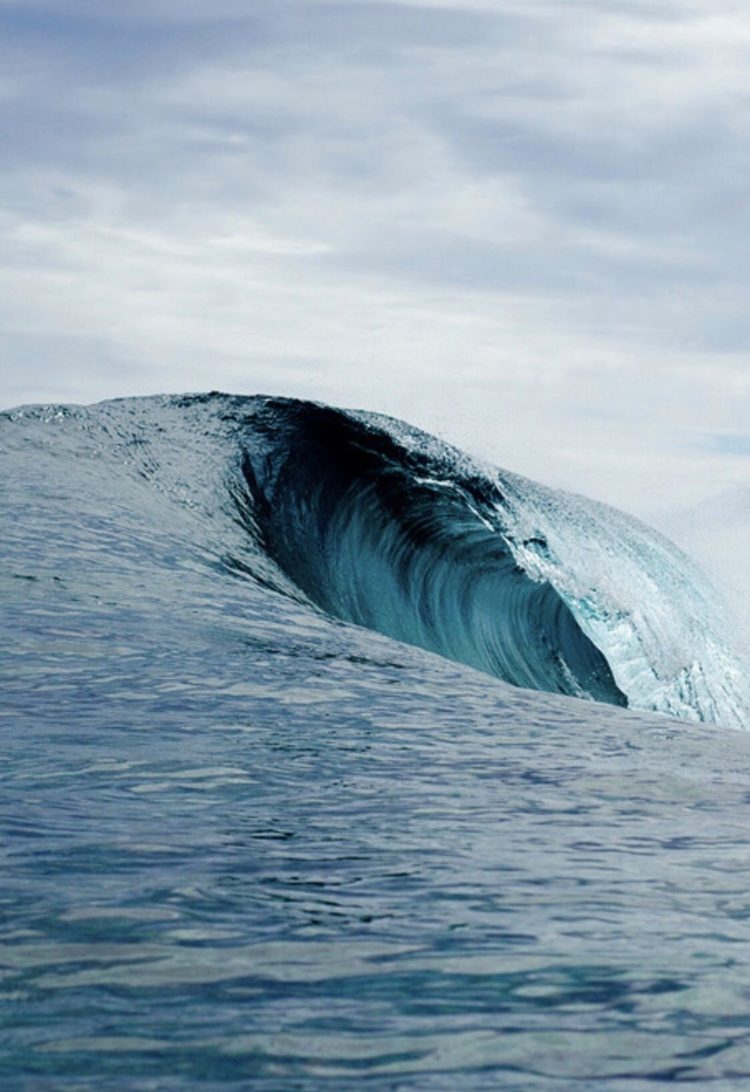
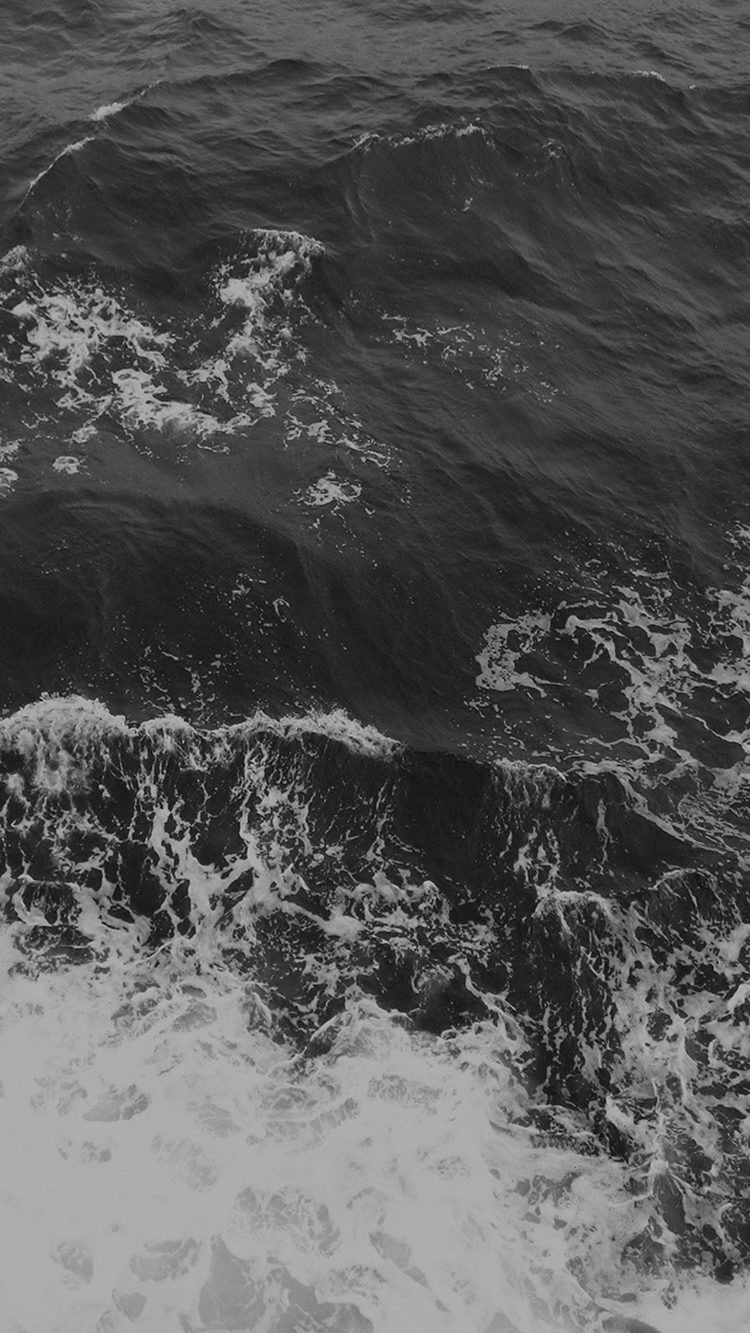
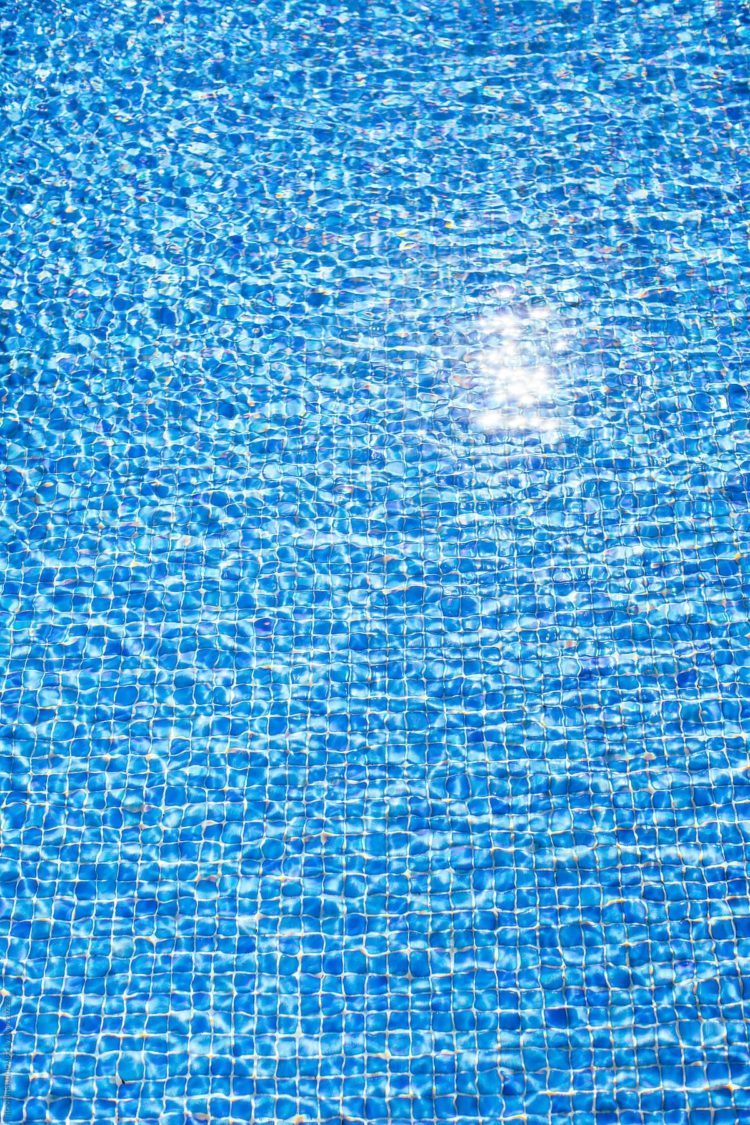

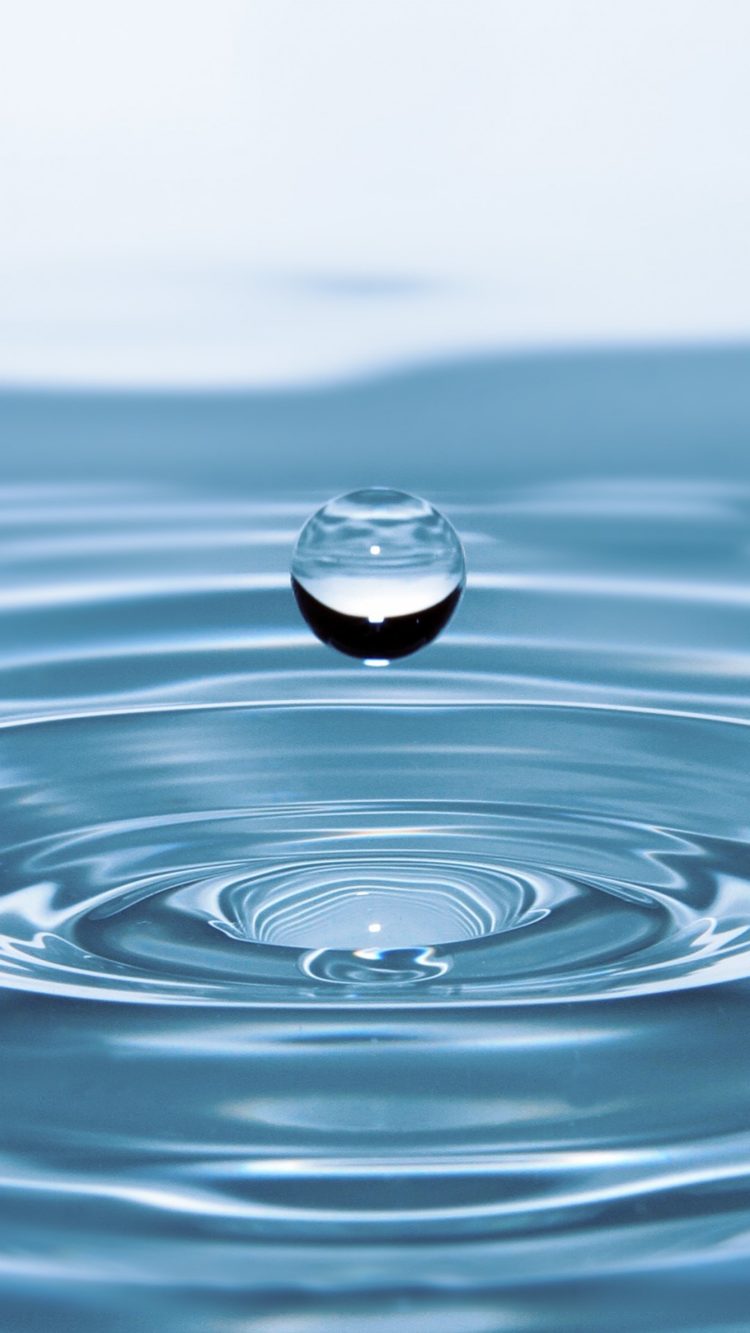

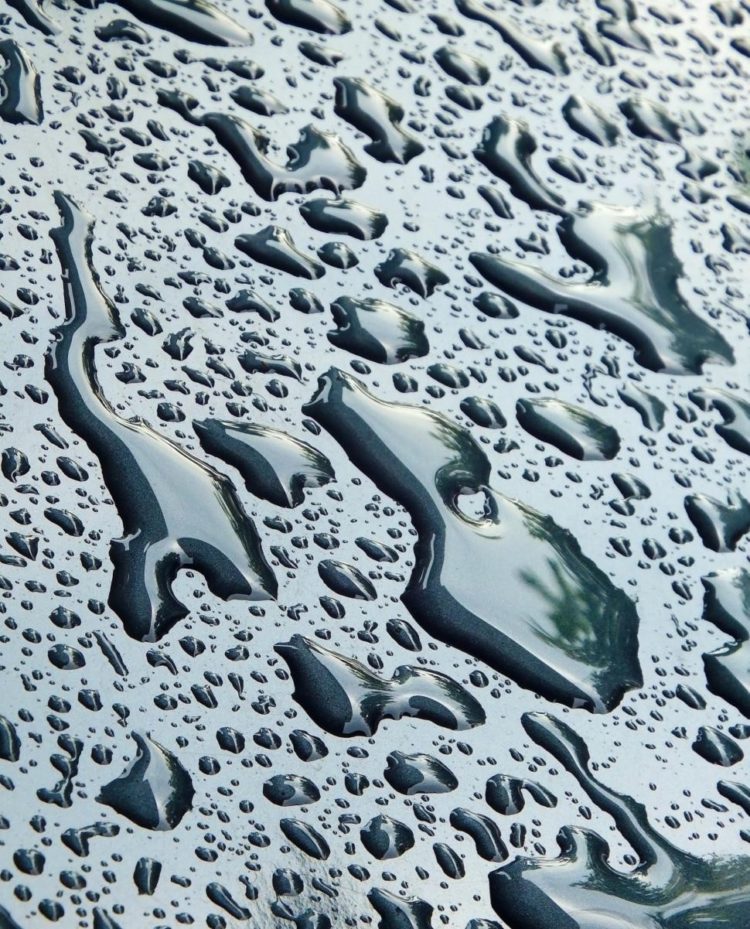
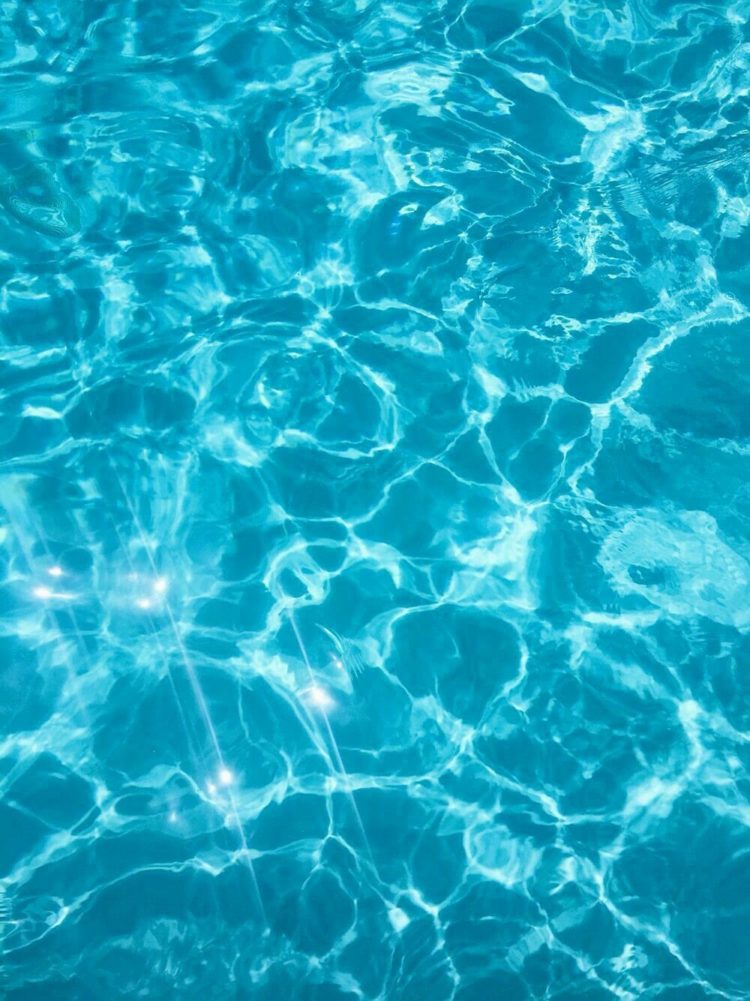


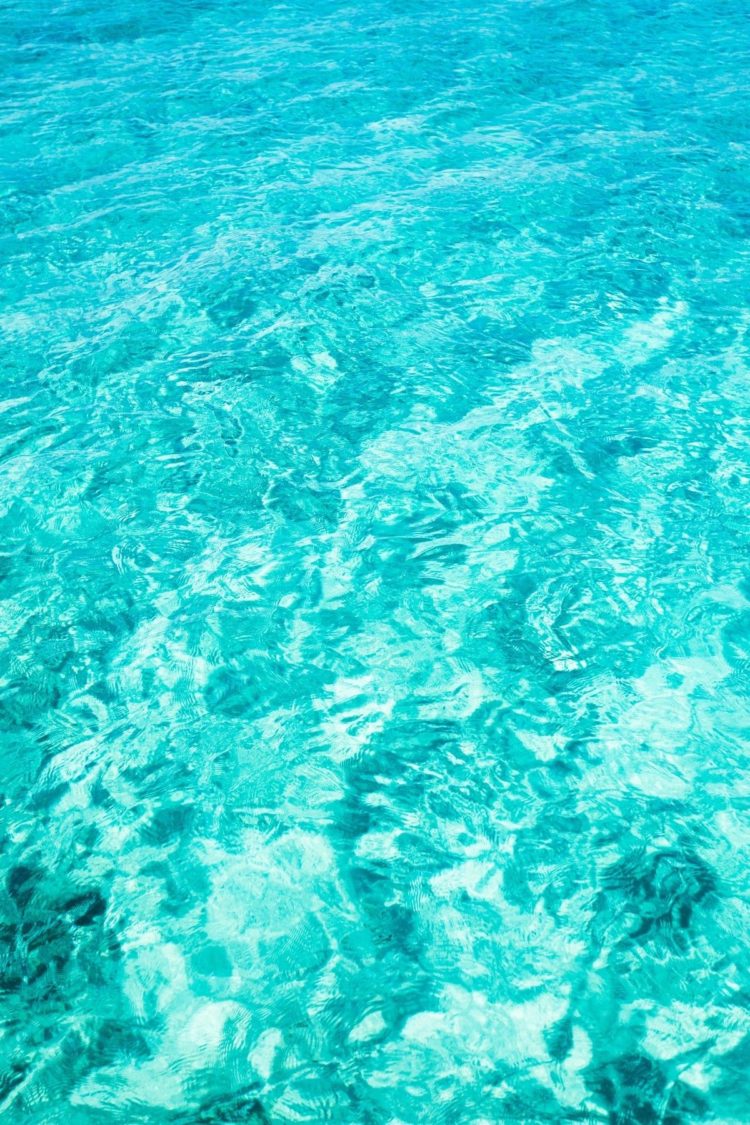
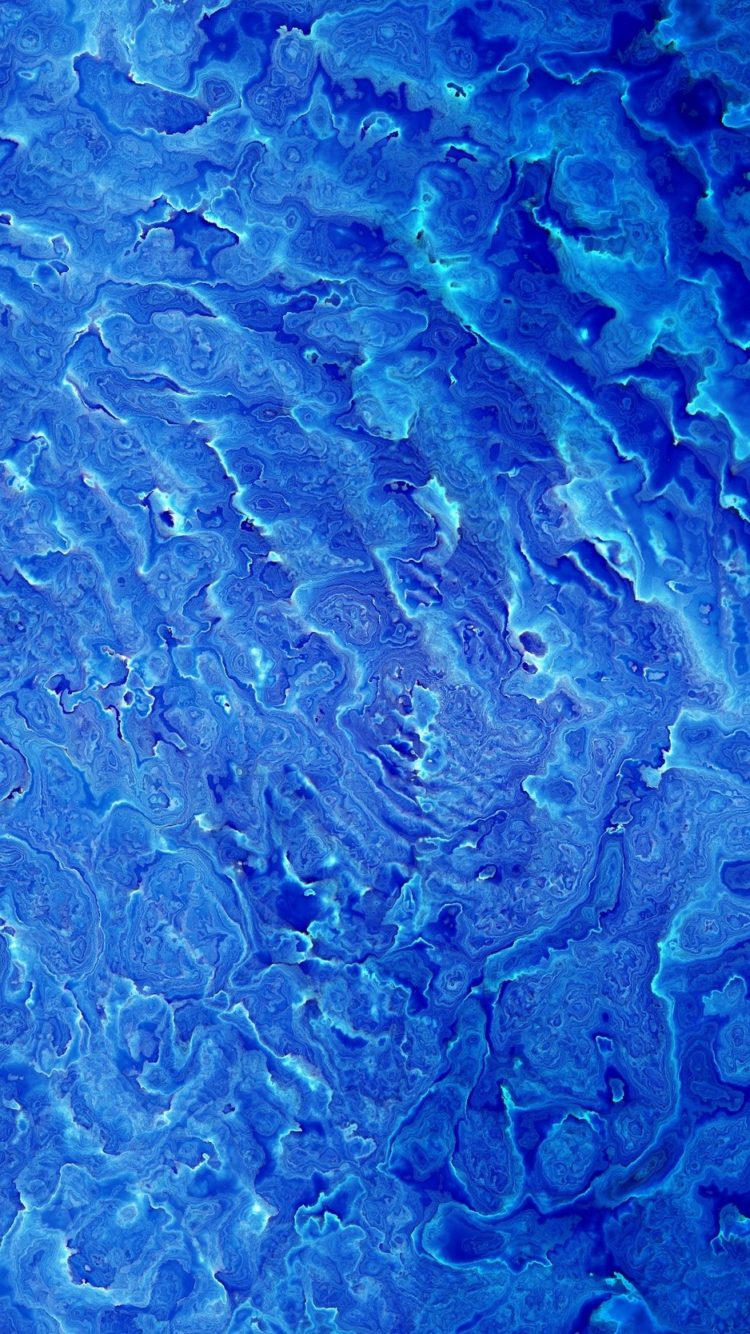
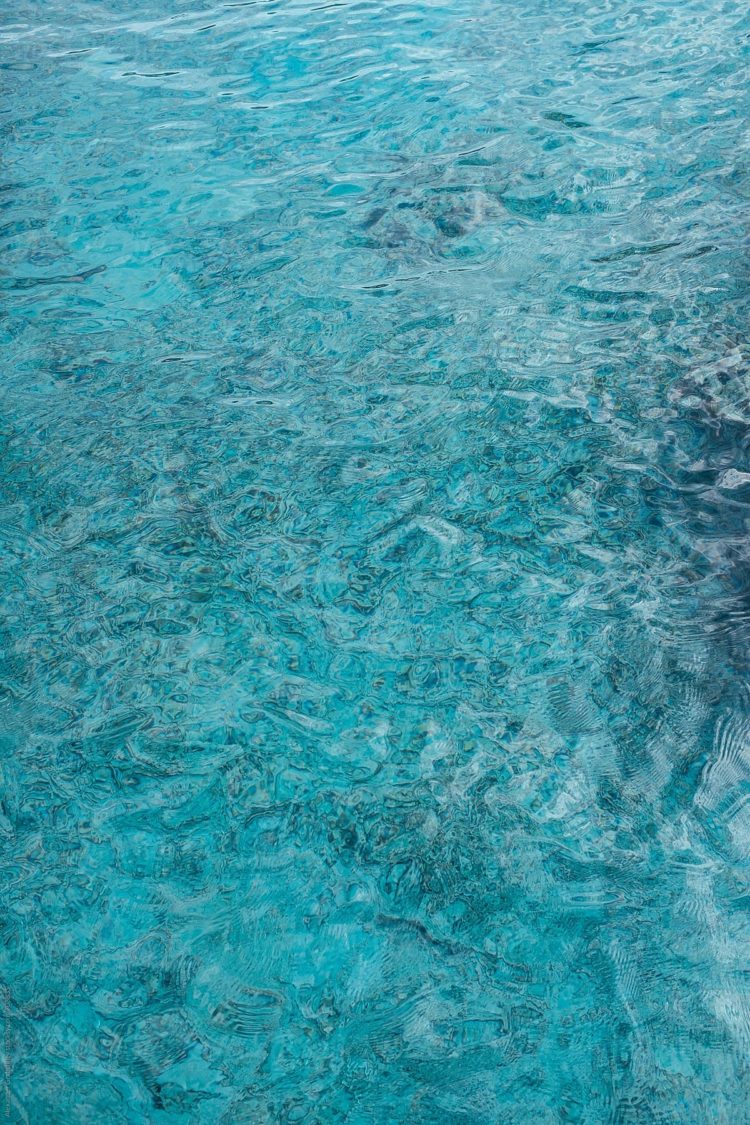
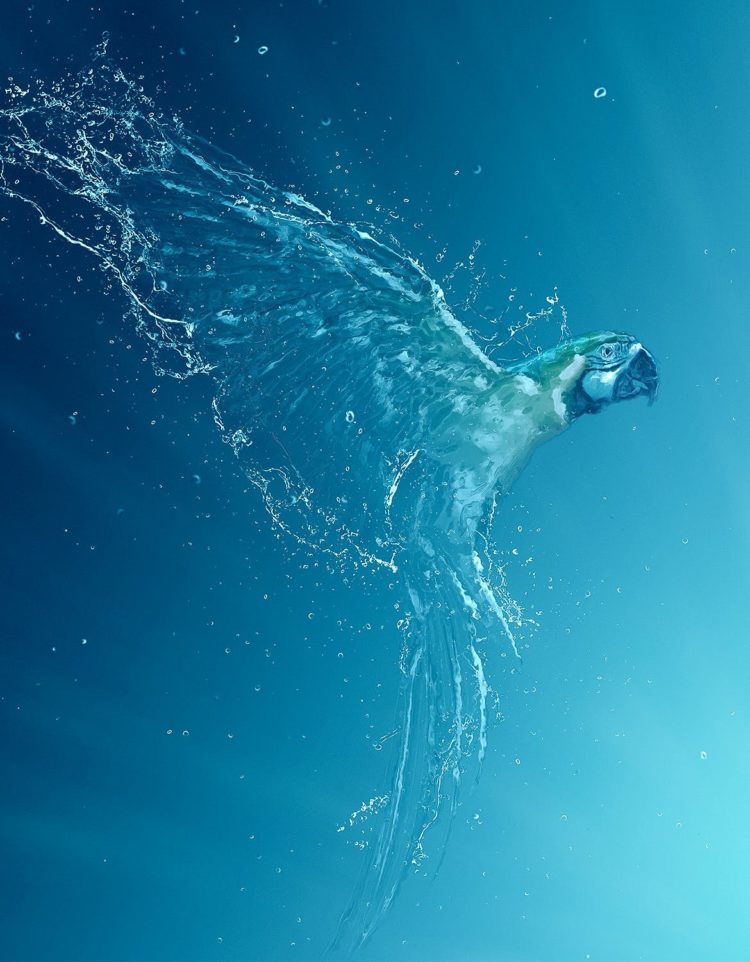


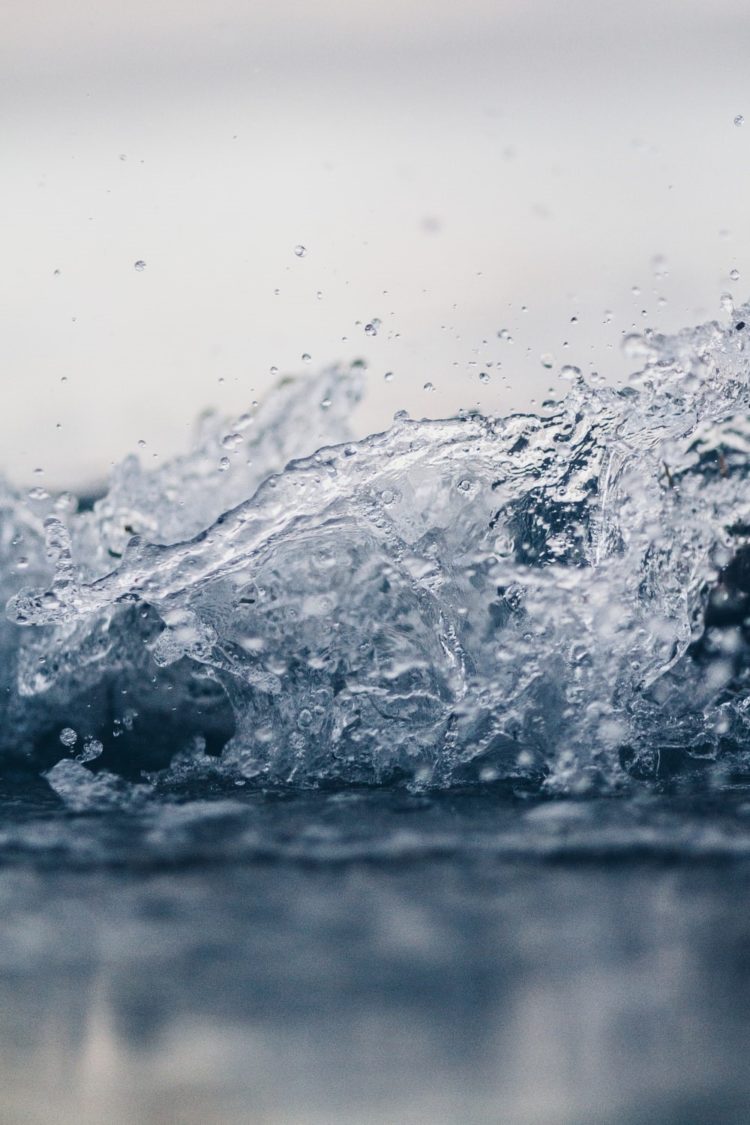
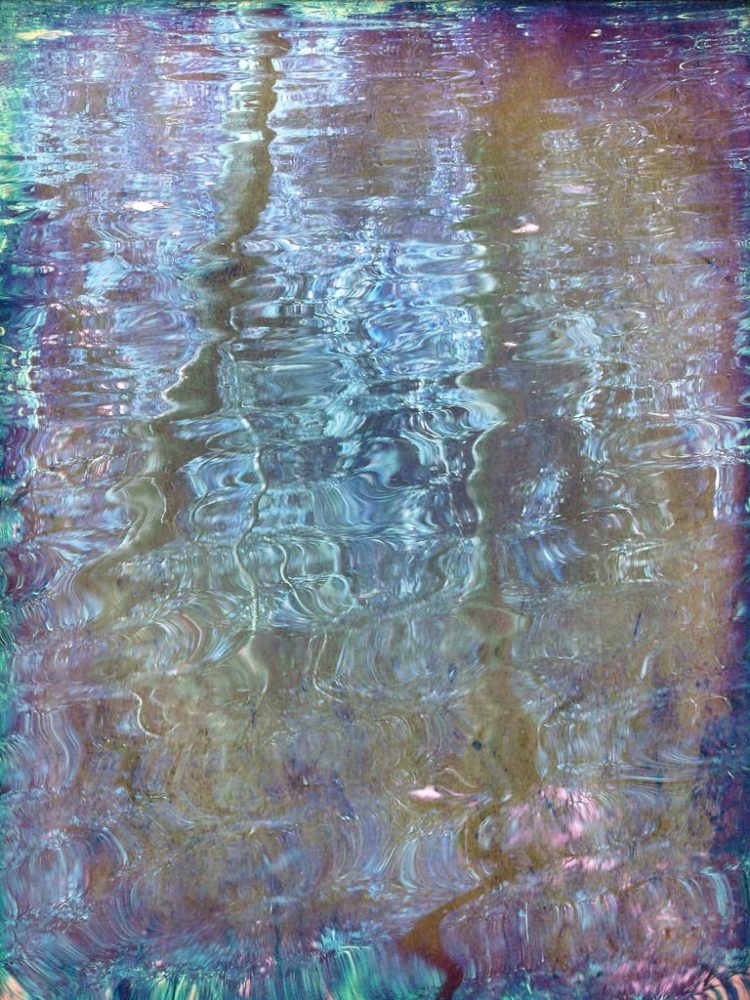
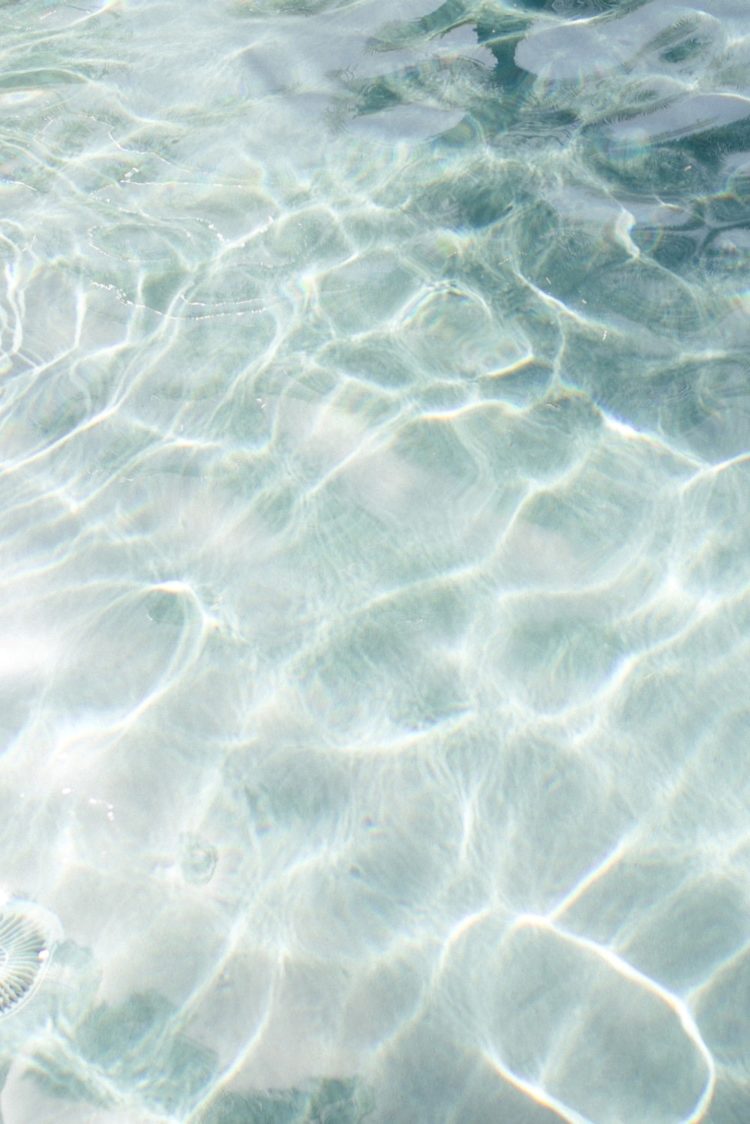

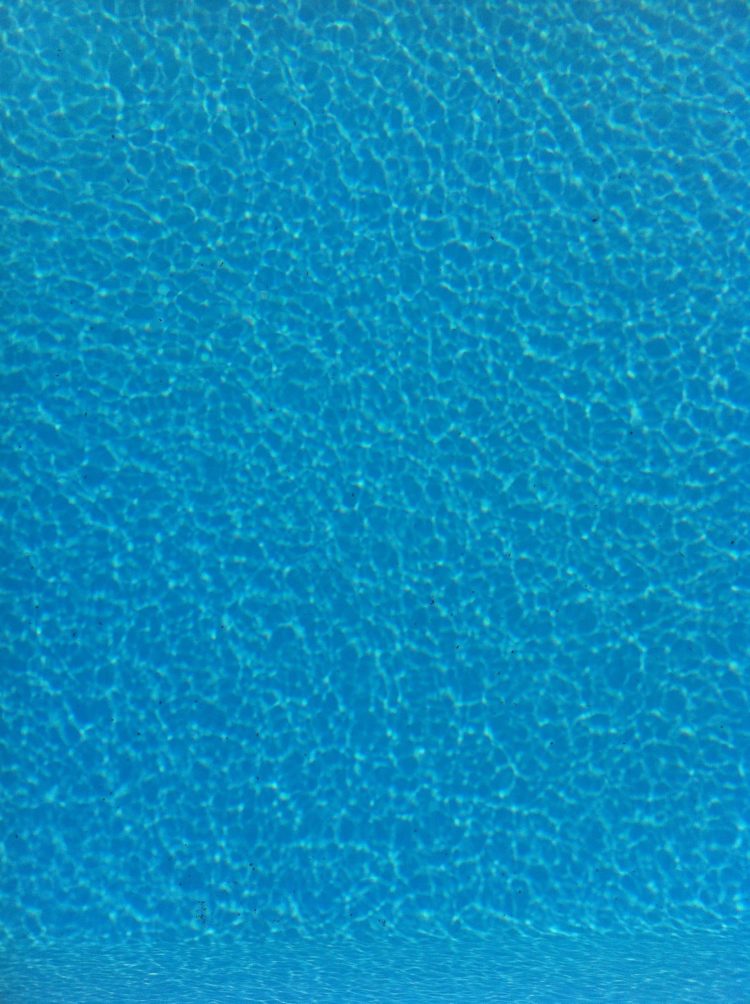
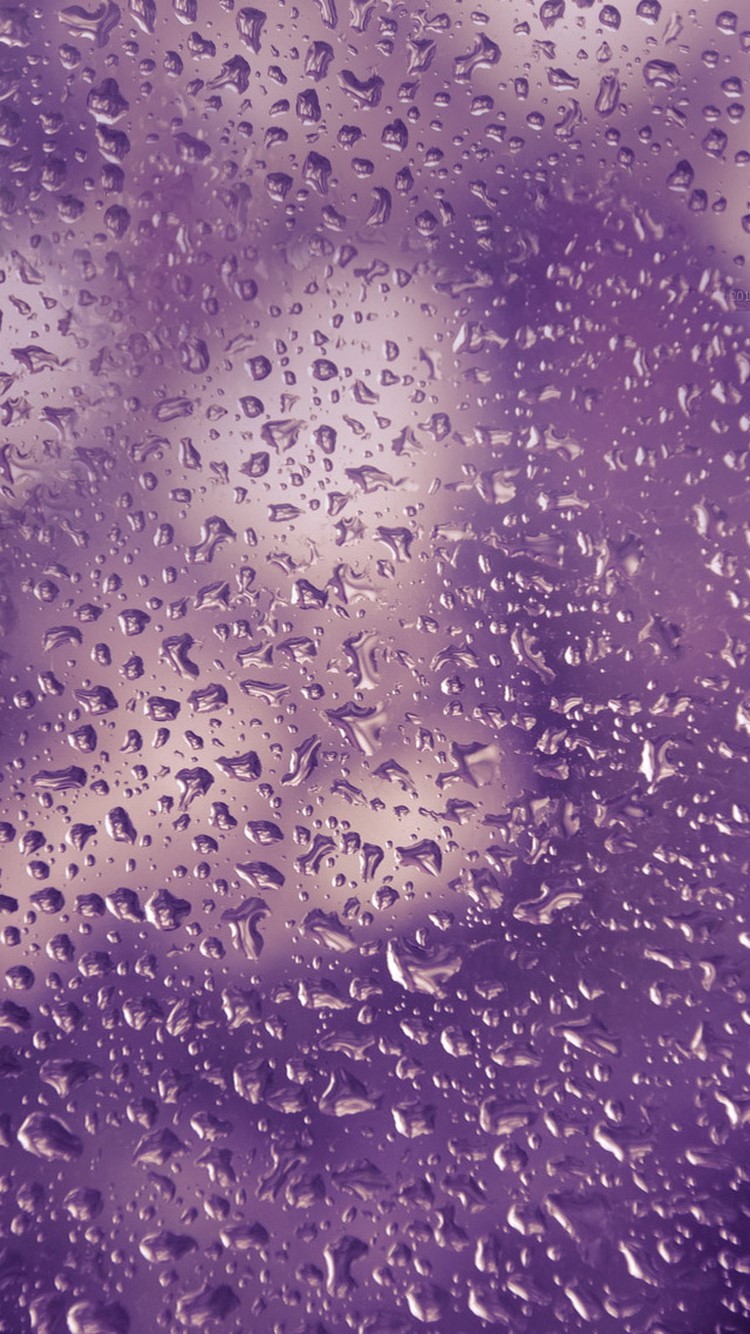
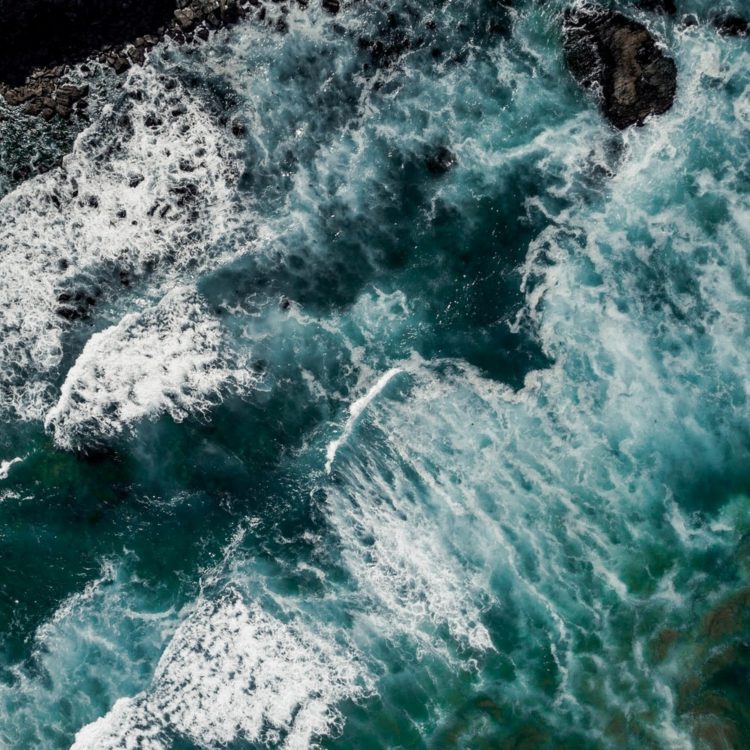
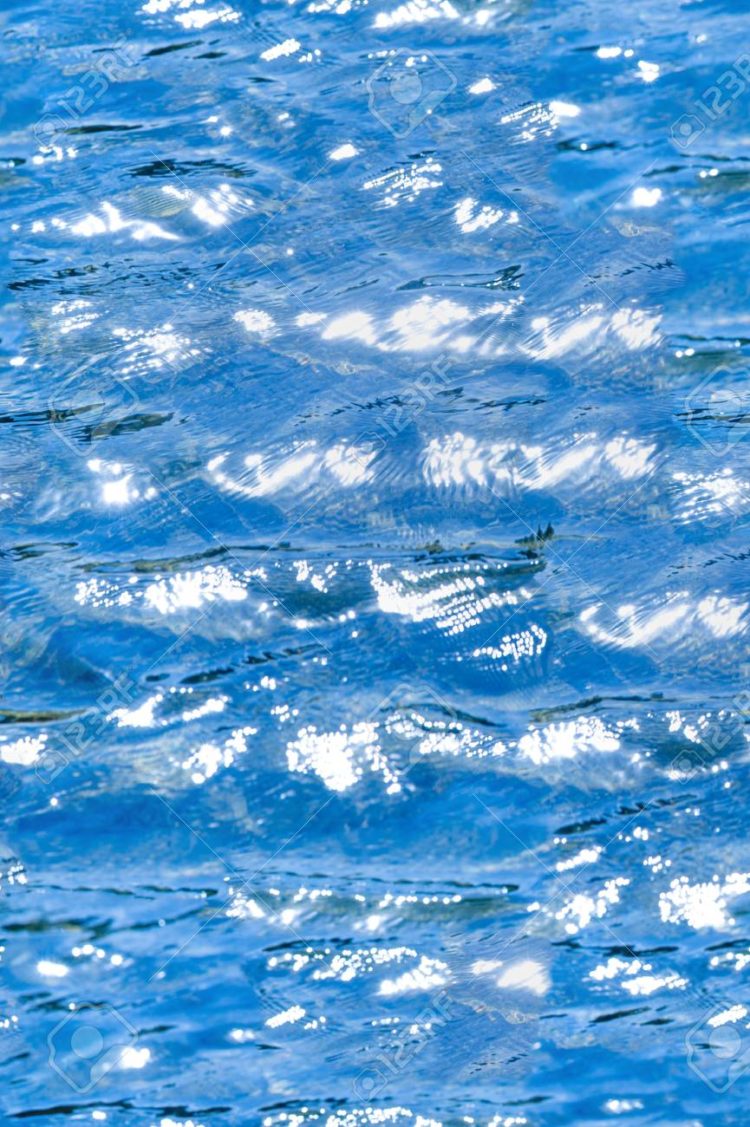
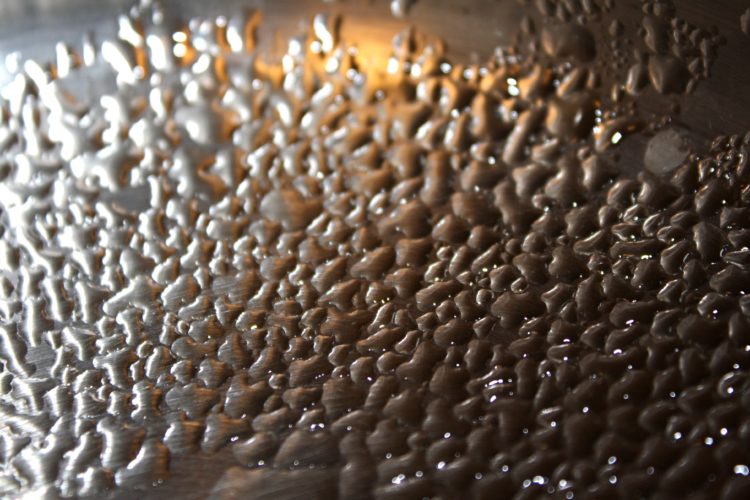

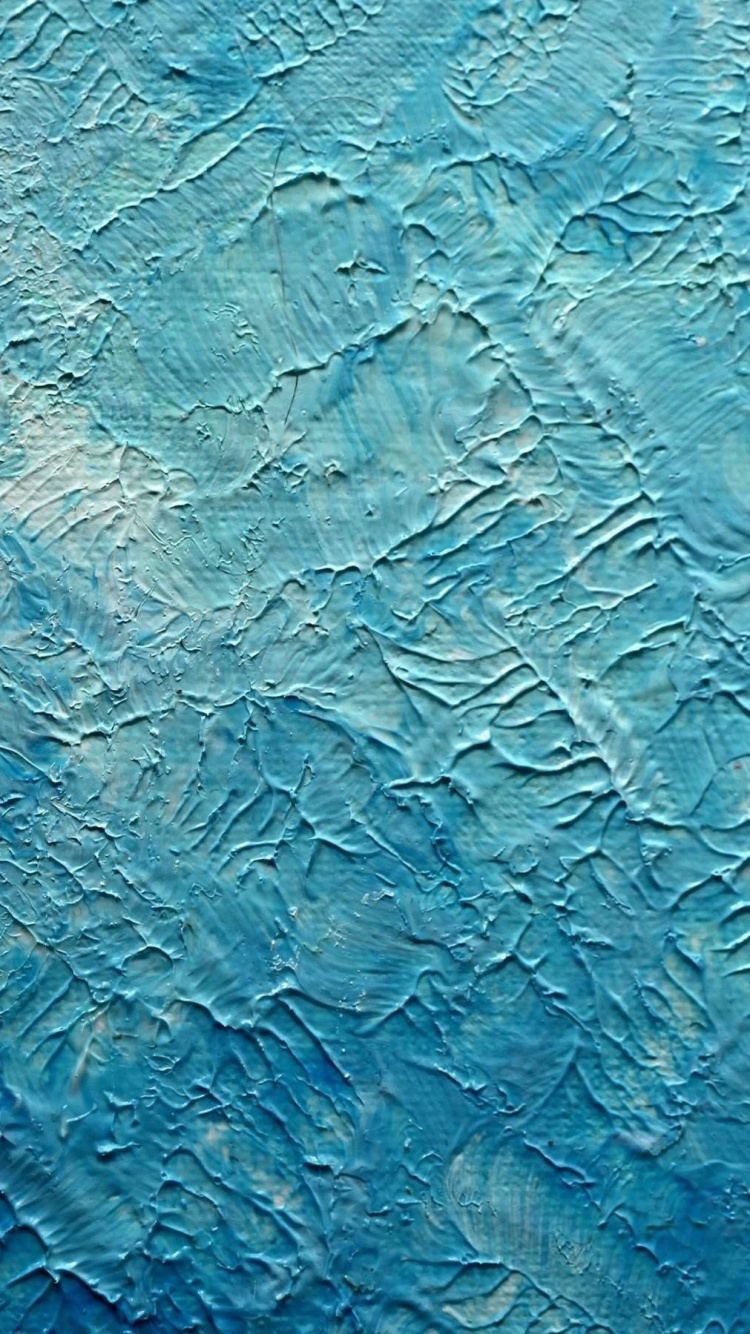
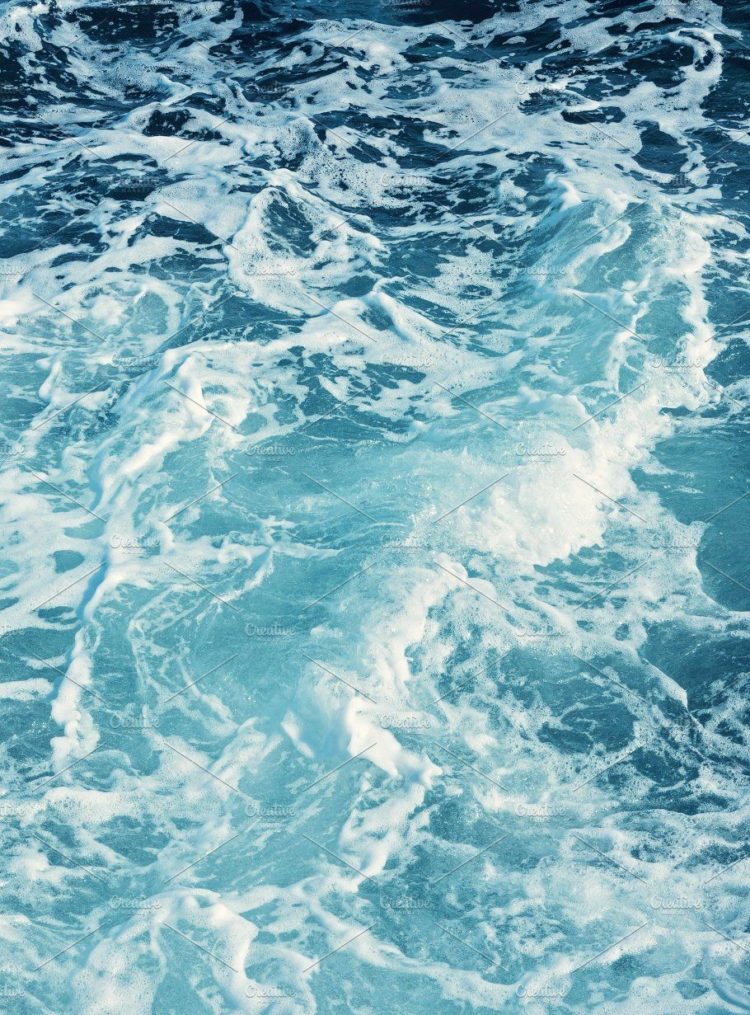
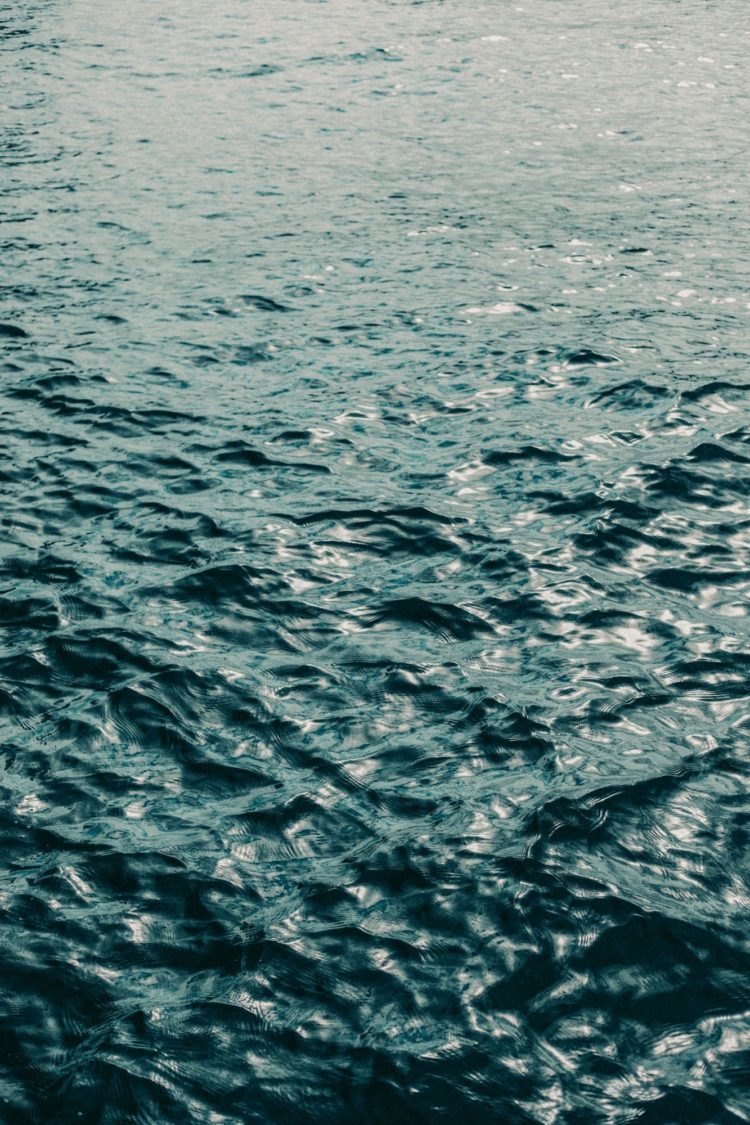
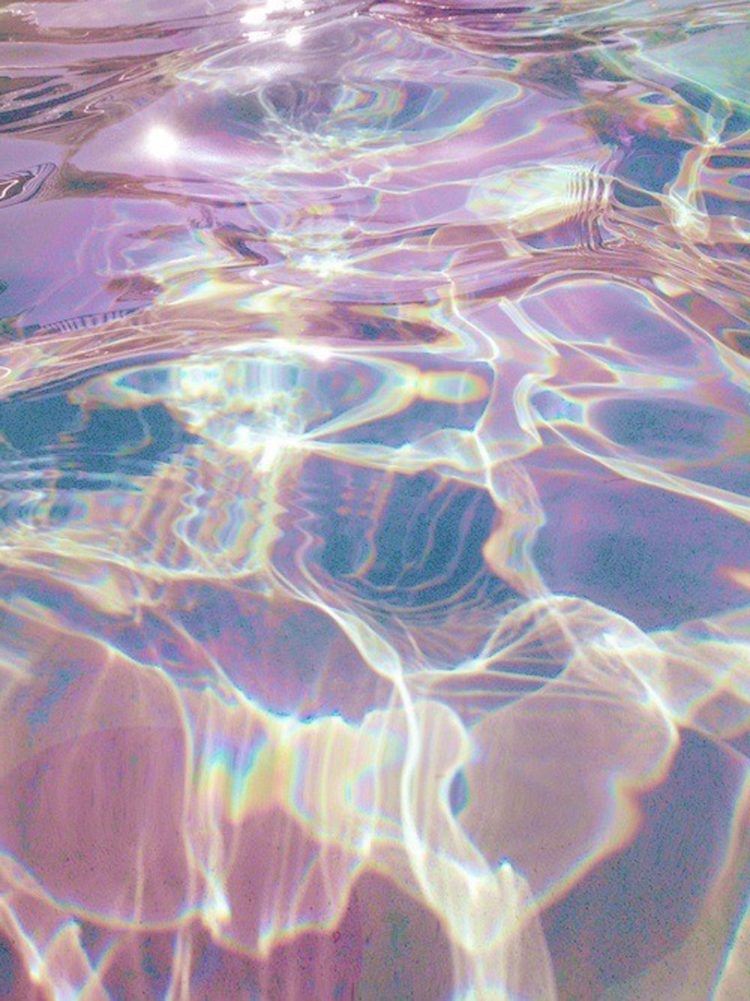
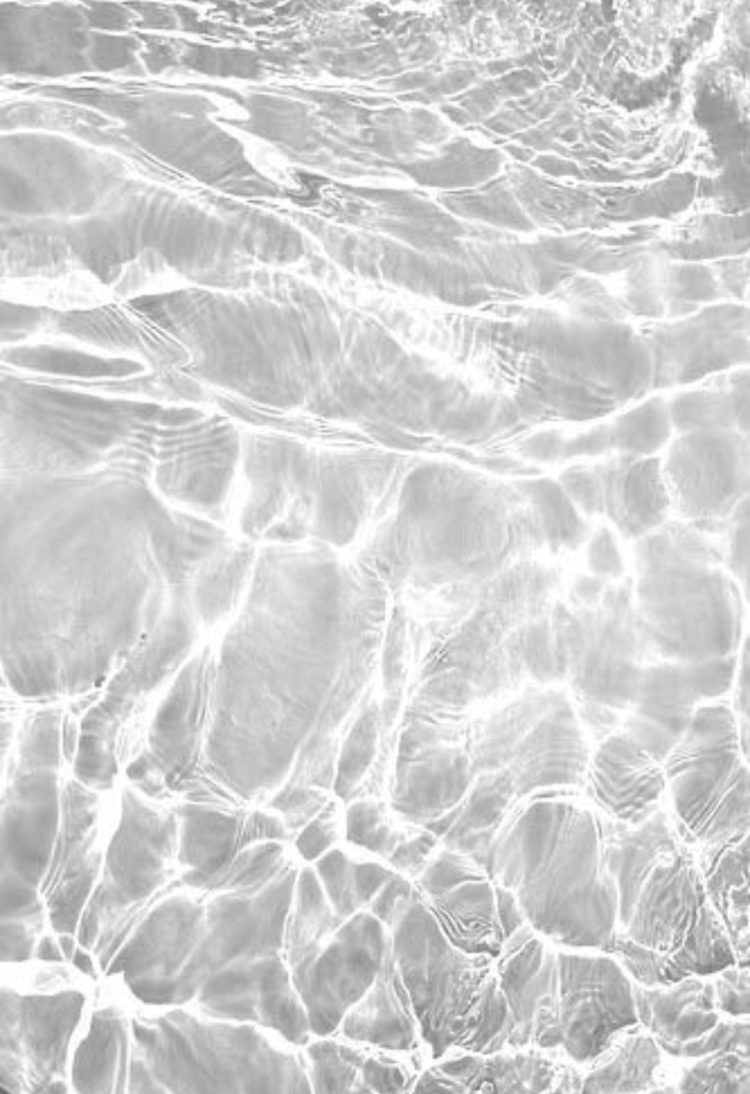
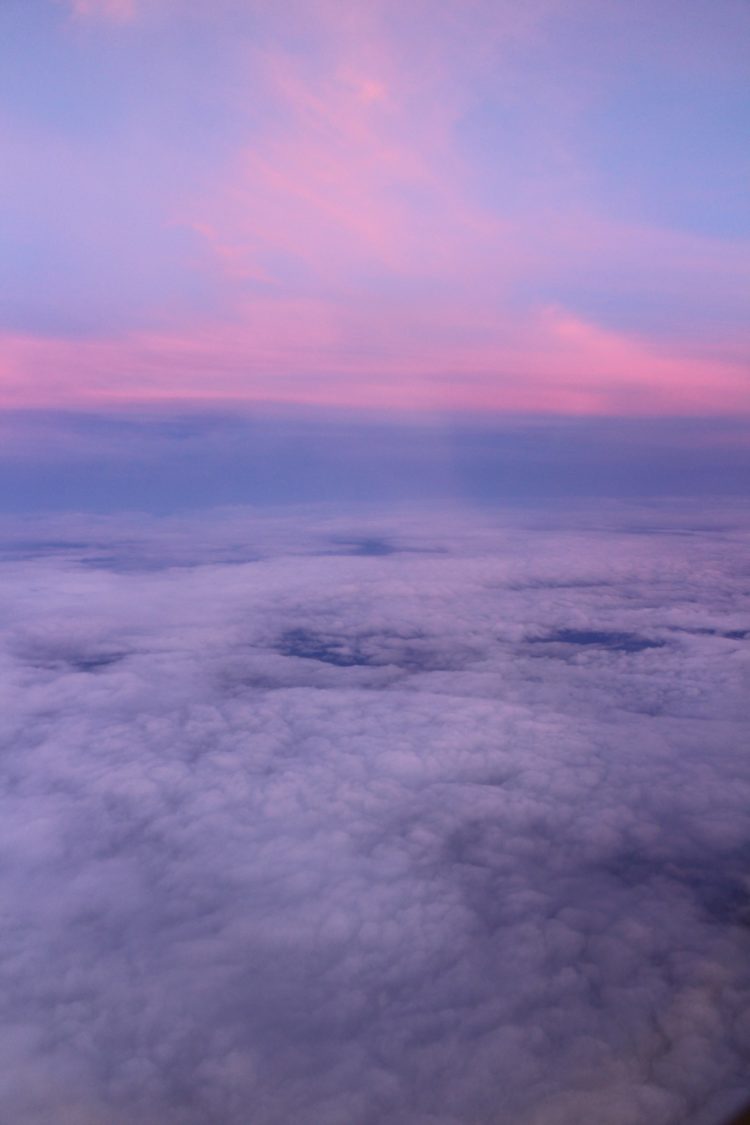
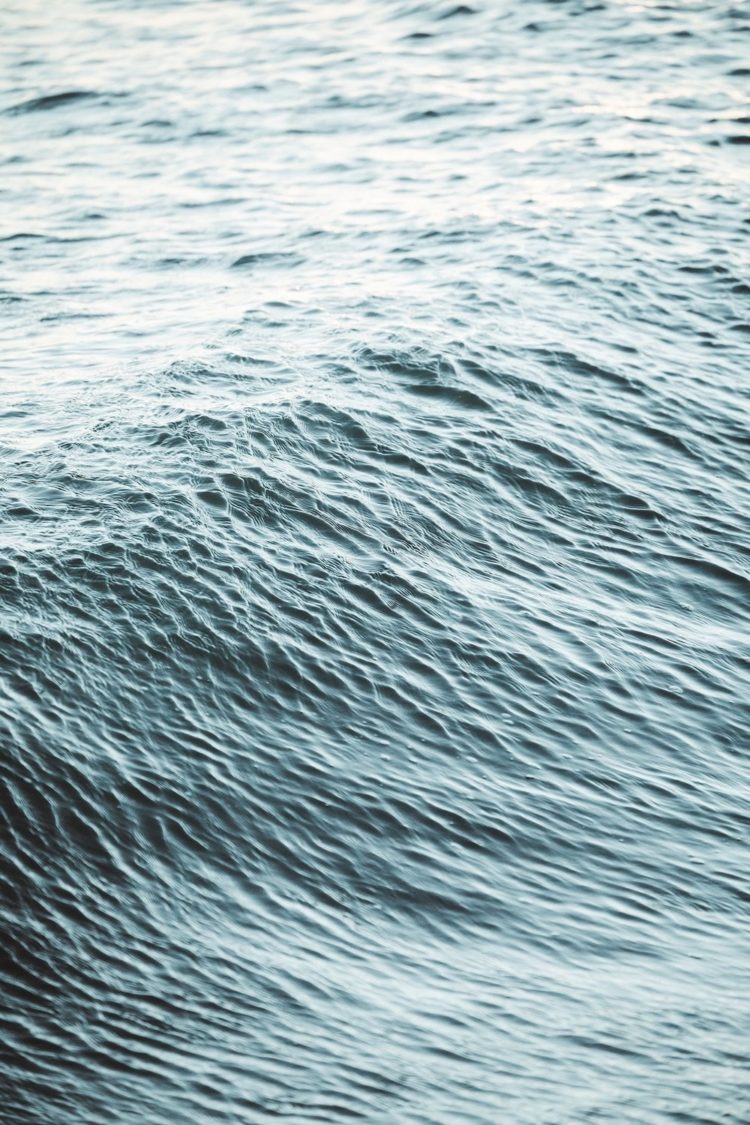
1. Watercolor Washes
There’s more than one means to approach laying a watercolor clean– you can either do it on a wet surface or a completely dry one.
One pointer for any kind of watercolor clean: If you observe an error in a previous stroke, don’t attempt to fix it. Once the laundry has begun to dry, a brand-new stroke will certainly virtually most definitely be extra visible than any tiny error. It’s ideal to leave these happy little crashes as they are.
Dry Wash
Use a large level or rounded brush and also an angled surface like a drafting table or easel (this way gravity does some benefit you.) On your combination, blend a generous quantity of water with your picked pigment. Keep in mind that watercolors completely dry lighter than they look when they’re wet.
Lots your brush with as much paint as it’ll hold. Then, functioning rapidly, make a steady, controlled horizontal stroke along the top of the paper. You’ll see the water in the first stroke starts to merge along the lower side– do not let this dry! Reload your brush with pigment as well as paint another stroke simply listed below the very first one, overlapping with the bottom edge.
When you get to all-time low, blot your brush on a paper towel, then use the dry tip to thoroughly pull up the excess paint along the bottom of the last stroke to prevent a darker bottom. Allow your paper completely dry totally at an angle prior to setting it down flat once again.
Wet Wash
A wet surface watercolor wash is about the same as a completely dry laundry, with one primary distinction: First you’ll dip your brush in water and brush it over the whole surface area. Be charitable with the water below– you want the paper sparkling with moisture.
Once you have actually damp the area, dip the brush in paint and also use lines of color within the wet location, similar to you would certainly with a completely dry laundry. The paint will blend with each other into one luminous laundry of shade.
2. Wet-In-Wet Watercolor Paint.
Wet-in-wet paint is just one of the most fundamental strategies– so basic you may have currently done it previously without realizing it!
Start by brushing water (and also only water) onto your paper. Then dip your brush in paint as well as spread it over the water wash. The paint will feather and diffuse like magic.
3. Underpainting.
An underpainting is essentially a monochrome clean that’s used for the very first layer of the painting. You’ll include layers of transparent cleans over the underpainting, which gives practical and also luminous results.
First, mix a light purple shade (a combo of cadmium red as well as ultramarine blue jobs wonderful). Neutral shades of blue or environment-friendly can likewise work.
gently paint your subject making use of the purple, and also pay cautious attention to light and also shade. Considering that you’re only working in one shade, you can really focus on providing the shape. Make use of a soft brush and also a light hand to keep the purple from subduing the rest of the painting.
Let the underpainting dry completely before going on to polishing in shade. If it’s wet, you could muddy your colors.
